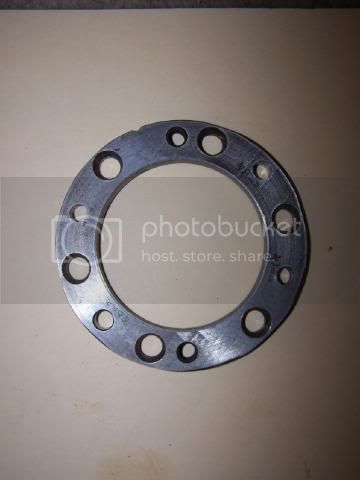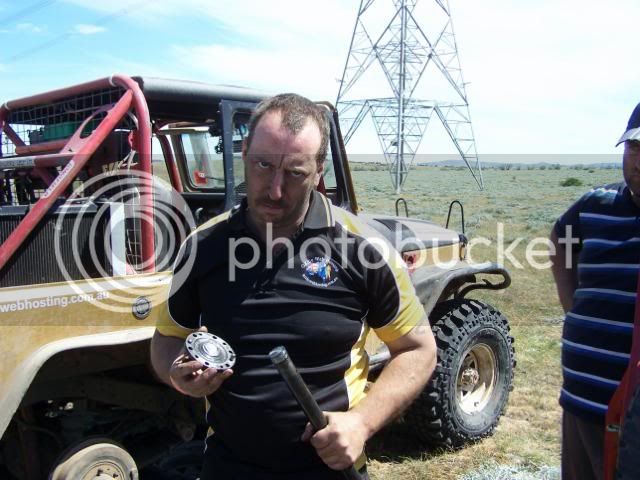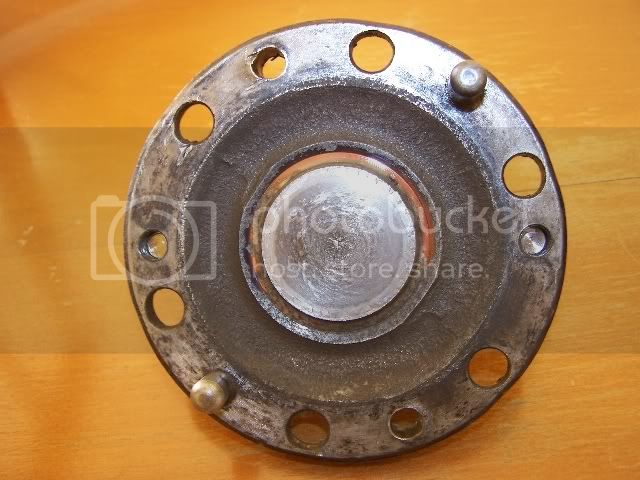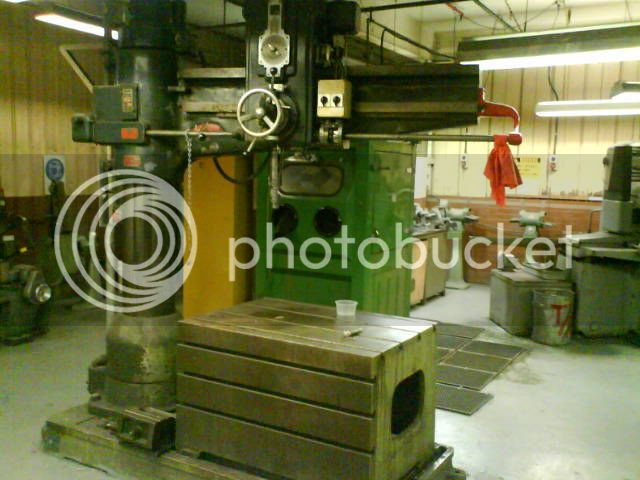Afer asking a few questions in another thread I did some digging and found that most have redone thier FF axle studs with ARP's. I also found that LC wizard drilled and tapped for larger studs.
Just wonder a few things:
1. Does anyone know the stock size thread 8mm X ??
2. If you drill and tap for larger studs what did you do for the cone washers ?
3. What about drill and tap and use 10mm bolts instead of studs?
Any input is always appreciated.
Clint
Just wonder a few things:
1. Does anyone know the stock size thread 8mm X ??
2. If you drill and tap for larger studs what did you do for the cone washers ?
3. What about drill and tap and use 10mm bolts instead of studs?
Any input is always appreciated.
Clint




